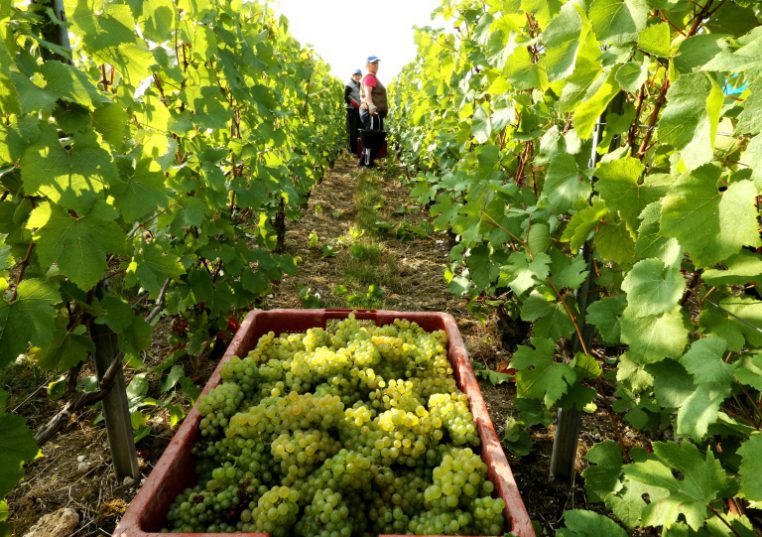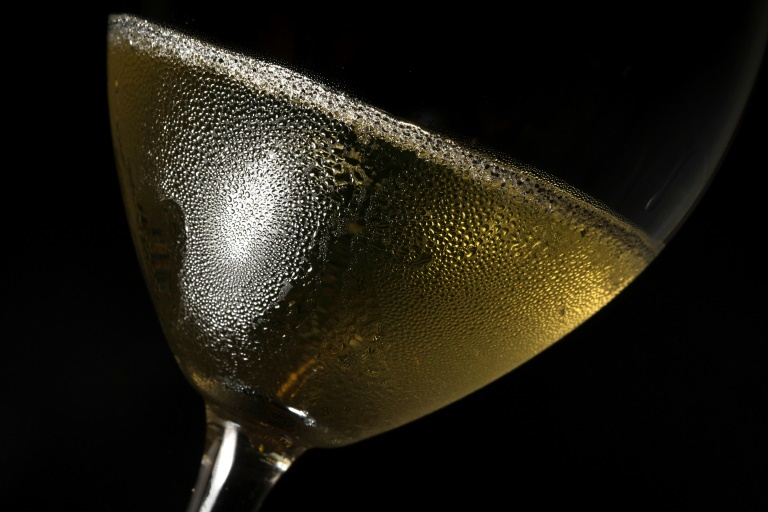Together we can save the country
Sales in France actually fell amid rising competition from Italian prosecco and Spanish cava, meaning vineyard owners hoping to sell their own bubbly are having to rethink their strategies, and their prospects.
The big champagne houses — illustrious names like Krug, Moet & Chandon and Veuve Clicquot — accounted for some 72 percent of total sales, which rose by 0.4 percent.
Smaller vineyards and cooperatives made up the rest, but their share has been shrinking in recent years, in large part because of a reliance on the domestic market.
“From 2007 to 2016, the vineyards have lost about 25 percent of their shipments by volume,” said Aurelie Ringeval-Deluze, a wine industry expert at the University of Reims, in the heart of champagne country.
Sales within France dipped 2.5 percent last year — but the drop was 4.9 percent for the smaller houses, or 2.5 million fewer bottles, according to the Champagne Committee trade body.
“The problem is that the French market is tough, very competitive… but 80 percent of vineyards sell their champagne in France,” said Maxime Toubart, head of the Champagne Winegrowers’ Union.
Restrictions meant to ensure quality — like ageing the wine at least 18 months — mean that champagne is pricier than other domestic and foreign sparkling wines, and French consumers have been feeling the pinch more generally after a decade of dismal economic growth.
– Looking abroad –
As a result, more vineyards are selling their grapes directly to the big houses instead of trying to compete with their own champagne.

Selling grapes to the big champagne houses, which own little land, is one option for small growers
“Vineyards are increasingly dependent on the houses to sell their stocks, because they have the means to go sell the bottles in distant markets at high prices,” Toubart said.
“So they can afford to pay a lot for the grapes.”
Of the roughly 15,800 vineyards counted by the Champagne Committee for 2016, about 4,400 produce and sell their own bottles — a number that has been falling steadily.
Many of those hoping to stay in the game are themselves trying to sell beyond France, encouraged by the 8.4 percent rise in exports last year.
“About half of my production, 15,000 bottles, goes to the United States and Italy, but also to Sweden and Denmark,” said Benoit Velut, a young grower in Montgueux.
That represents three hectares (7.4 acres) of his 7.7-hectare vineyard, with the remaining grapes sold to the 300 big champagne houses which often have only token vineyards of their own.
He realises that the ground has shifted, “from a very local clientele in our parents’ time to one that is spread much more around France, even as foreign markets develop”.
– Moving upmarket –
But small growers are often lack the wherewithal to tap into new markets.
So Velut has joined forces with 10 other vineyards to pool their resources and know-how, “a huge advantage, because I don’t have any marketing training.”

Small growers in the champagne region are often banding together to move upscale and tap foreign markets
The winegrowers’ union is also trying to help — inviting producers to industry shows and offering English classes — though so far “it hasn’t stopped the decline in volumes,” Toubart said.
In many cases, smaller growers benefited for years from buoyant demand for an emblematic French luxury, even as the underlying market forces were moving against them.
“But now that is catching up with them,” said Ringeval-Deluze, adding that certain producers were practically “do-it-yourself” operations lacking a clear strategy.
“There has been a marked trend towards ‘premiumisation’ and playing up the status of those winegrowers who make the effort, alongside the gradual disappearance of those on their last legs because their business model hasn’t changed in 20 years,” she said.
Those which survive, however, could be an inspiration for a new generation of growers looking to chart their own path — out of the big houses’ shadow.
Download our app